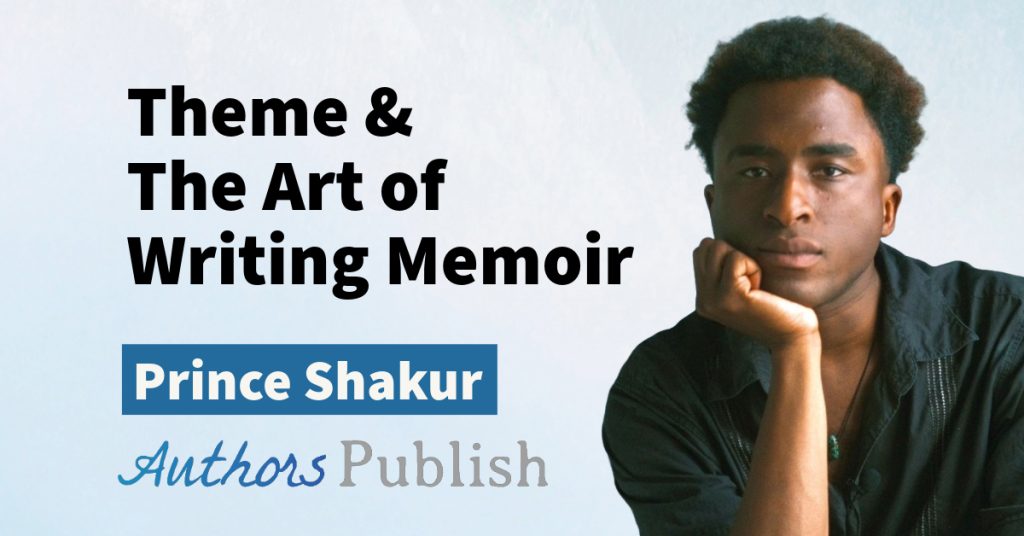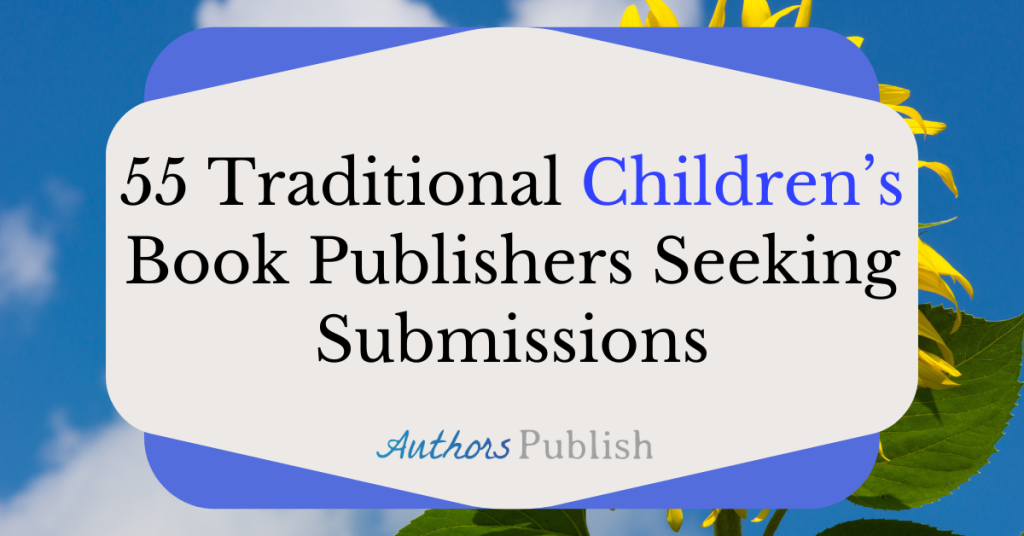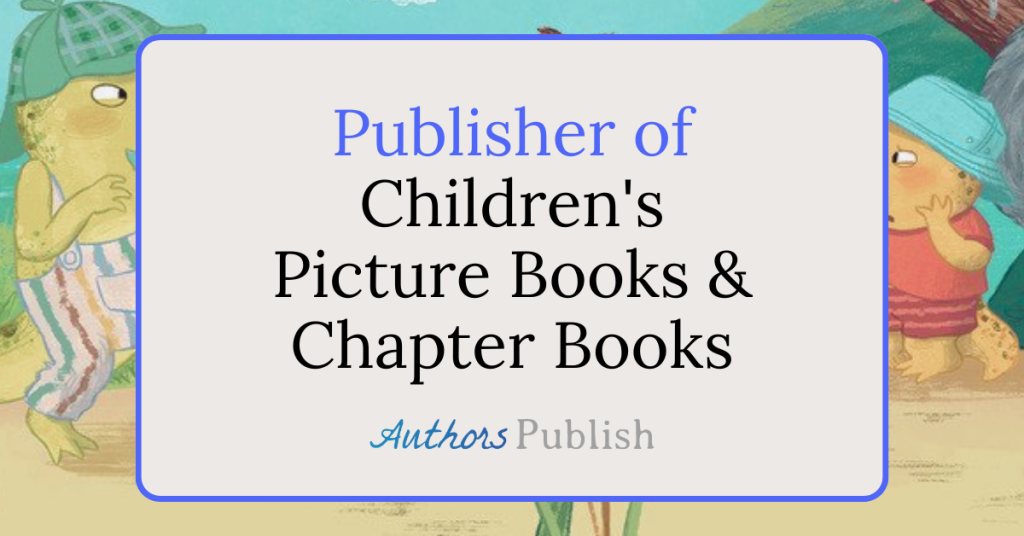Is creative writing inherently valuable? This is the surprising question raised by a controversy that recently reached the blog of the editor of the Missouri Review, a well-known academic literary journal.
Michael Nye, the editor, was frustrated. Why? Because he thought “this no longer needed any further discussion.”
The topic? Submission fees that some literary journals charge writers.
He was responding to the article we published last month, explaining our stand against literary journals that charge submission fees.
Michael Nye supports submission fees. He believes “there is a revenue stream that we need to capture.” Why is the money so important? Because the Missouri Review barely scrapes by. They depend largely on a grant from their University. The budget is tight.
Not only that, but the sad truth is that not very many people read literary journals. As vital as they are to our society, they are not widely read. Most prestigious literary journals have far more submissions than subscriptions.
That’s right: There is huge demand to be published by literary journals, and relatively low demand to read them. This leads to the second reason Michael Nye cites for charging submission fees: The desire to “slow down the number of submissions.”
Why not make money by charging submission fees? It has the potential to kill two birds with one stone: Generate much needed revenue, and slow down the pace of submissions.
Imagine, for a moment, a world where the majority of literary journals charge submission fees. When a writer decides to start submitting to literary journals, their first question will be surprising: What should their submission budget be? $20 a month? $50 a month?
An ambitious writer might want to submit to 15 literary journals a month. If each submissions costs $3, that would be $45 dollars a month.
The poet Thomas Lux once said that a writer should always have 40 submissions out at a time. That would work out to $120, just to keep the submission ball rolling.
If you think this future seems impossible, you might be shocked.
That future is already here. But not for literary journals. Not yet.
If you are a poet looking to publish your first book, the situation is grim. Most publishers charge reading fees. The cost is usually between $25 and $50 dollars. Several poets I know have an annual budget for submitting their book. It is not uncommon for a poet to spend several thousand dollars before their book is finally accepted by a publisher.
Copper Canyon Press, Tupelo Press, the Yale Younger Poets Series, and Four Way Books all charge submission fees. And that is just a random sampling. The opportunities to pay to submit a book of poetry are numerous. The free submission opportunities are slim.
It’s not a good situation.
The problem is that charging submission fees does not address the real issue. Editors should focus on building demand for the writing they publish.
Charging submission fees pulls the focus away from building readership, and might actually harm readership rates. As Michael Nye writes in an earlier essay, writers might pay submission fees instead of subscribing.
All of this leads to a very backwards situation: Instead of readers paying for the right to read literary journals, writers are paying for the chance to be printed in a literary journal that has relatively few readers.
This leads to a surprising answer to the question posed at the beginning of the article.
If an editor is overwhelmed by submissions, it can be increasingly difficult to view each submission as inherently valuable. After all, if you are staring at a pile of thousands of submissions, it is easy to see it as just more work.
In her essay that sparked this issue, Emily Harstone states that she has submitted to hundreds of literary journals. As someone who knows her personally, I can attest to her dedication as both a submitter and a writer. She spends part of every single day practicing her craft. She also follows Thomas Lux’s advice. She almost always has 40 submissions out at a time.
She has dedicated much of her life to the practice of her art, and she freely shares the fruit of her labor with many publications. She does not expect payment.
But, perhaps that’s not enough. Michael Nye complains that most critics of submission fees don’t actually support literary journals. Despite the fact that Emily clearly states how actively she submits to literary journals, Michael Nye still questions her support for them.
The implication is clear: Submitting one’s art to a literary journal does not count as support. At least, not to Michael Nye.
I strongly disagree. If a literary journal serves any purpose at all, then that purpose should rest on the inherent value of the art that it publishes. If the writing published by the Missouri Review does not have it’s own inherent value, then the Missouri Review is worthless. It is easy to see how that is wrong.
By submitting to the Missouri Review, or any literary journal, a writer is supporting the central purpose of that publication: To publish good writing.
As an artist, you work hard to hone your craft. You put a lot of effort into creating valuable art. The value of your art should be respected. That is one of the many reasons we will not support publications that charge submission fees.





